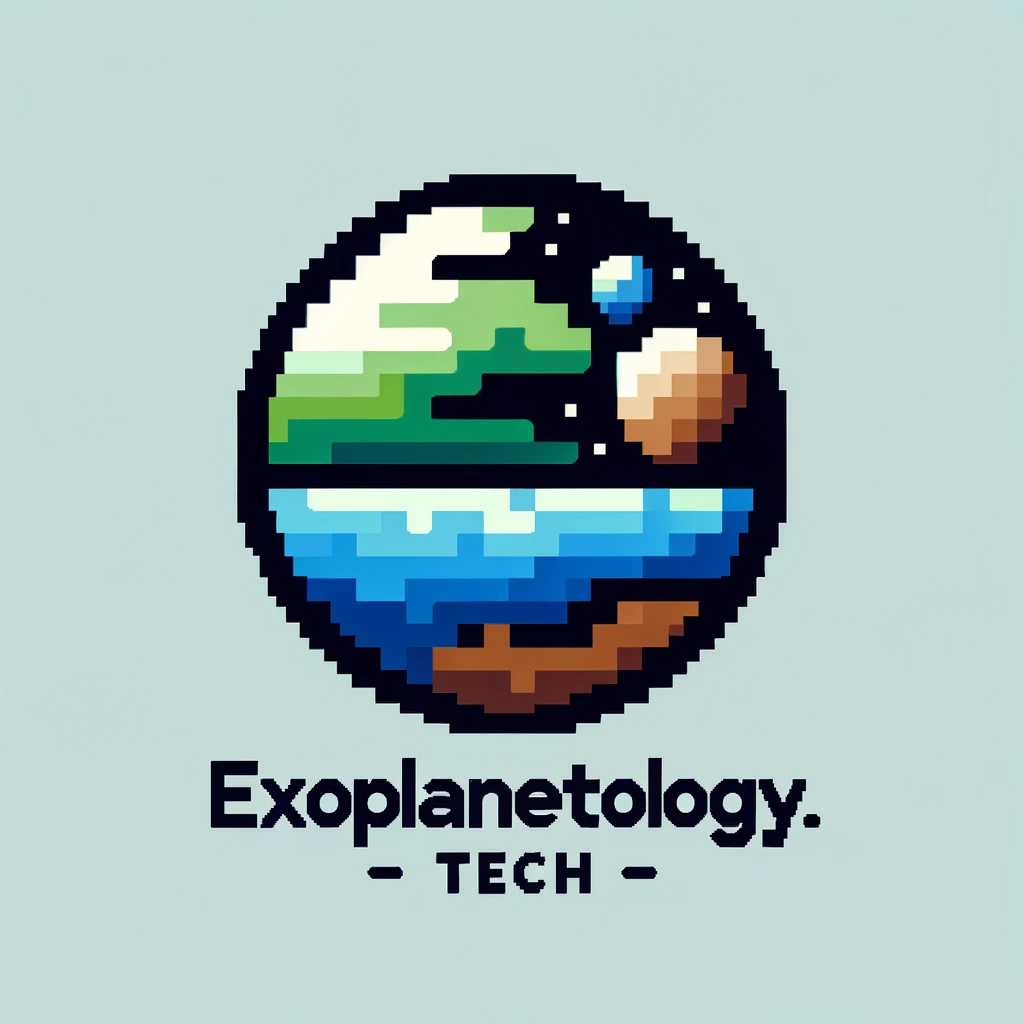Audio Presented by

What's out there? Aliens, water, or just a big empty nothingness? Monumental research about the vastness of our cosmos.
Story's Credibility

About Author
What's out there? Aliens, water, or just a big empty nothingness? Monumental research about the vastness of our cosmos.